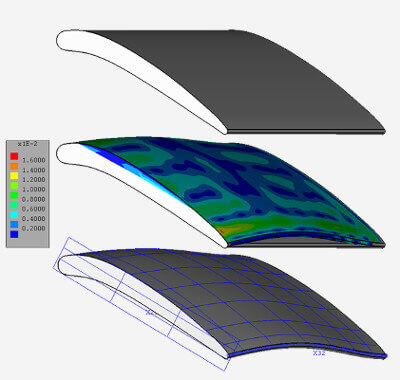고정 헤더 영역
상세 컨텐츠
본문

Its very confusing, The login page cannot be translated and I cannot understand how to fill up the registration form!Is there a direct quick download link somewhere?What I meant using google translate was to copy selected text from the site and translate it to the language you understand.Look at how I have done below:0) Locate the registration form here1) 用户名称 (长度为1-10位元组) Means username 10 characters long2) 性别 means gender. Check 男 for male3) 密码 means password4) 密码确认 (请再输入一以密码以防输入错误) means enter password again for validation5) 密码问题 (忘记密码的提示问题) secret question for password recovery6) 密码答案 (忘记密码的提示问题答案, 用于取回论坛密码) means answer to the secret question7) 生日日期 (建议填写真确日期) means birthday for authentication8) Next input field请务必填上一个有'有效'的电邮地址, 以便在有需要时管理员能与您联系并将使您能用到论坛中的所有功能.电邮means Give working email address for authentication and user control9) 检测帐号10) 时区 means press the button below to check account availability.11) 为防止非法申请帐号, 请输入正确的验证码. Means enter the captcha /picture code if you are a genuine userThe trouble with chinese sites is usually a code verification/captcha failure.You are on your own now. Try and you might succeed.
Lusas Fea V14.1 Fix-lnd: Software Free Download 2012
All other links as of yesterday were inactive, If there are any fresh links I will let you know. Hi, i am a postgraduate student using Lusas to model my structural form of tall building. Is that anyone know1. How to match the local axis of an inclined member (like a branch of a tree) to its global axis instead of method of changing some parameters under attribute - local coordinate?If i have 1000 inclined members in a model, Is there any shortcut (just click one icon) to change the major/minor axis of cross section of an inclined member to follow / parallel to global axis?2. How to model rigid diaphragm for each floor layer in tall building? Is there any other settings of rigidity / flexibility adjustment for each 'rigid' diaphragm that we set in LUSAS?Thank youTq.




